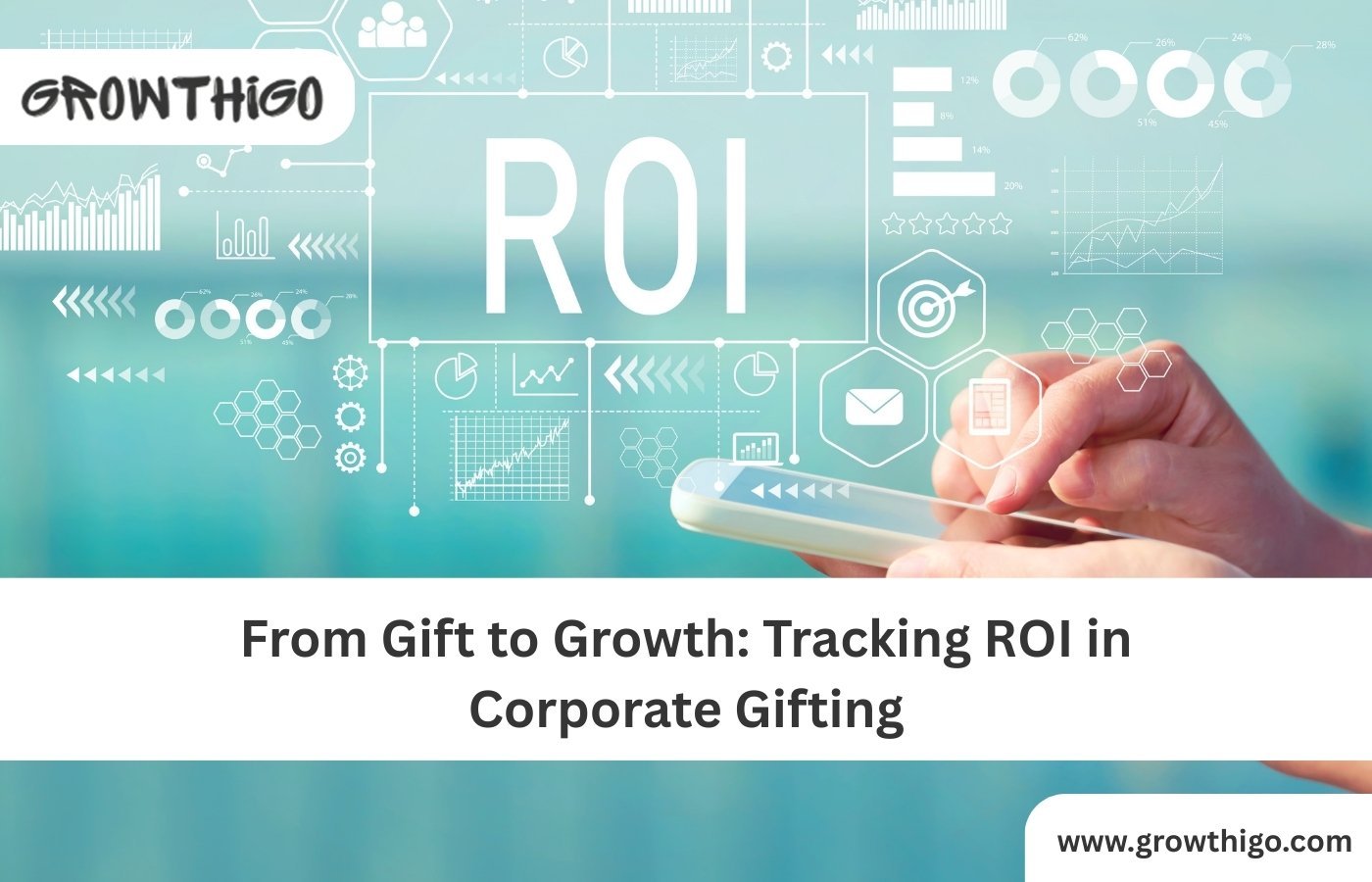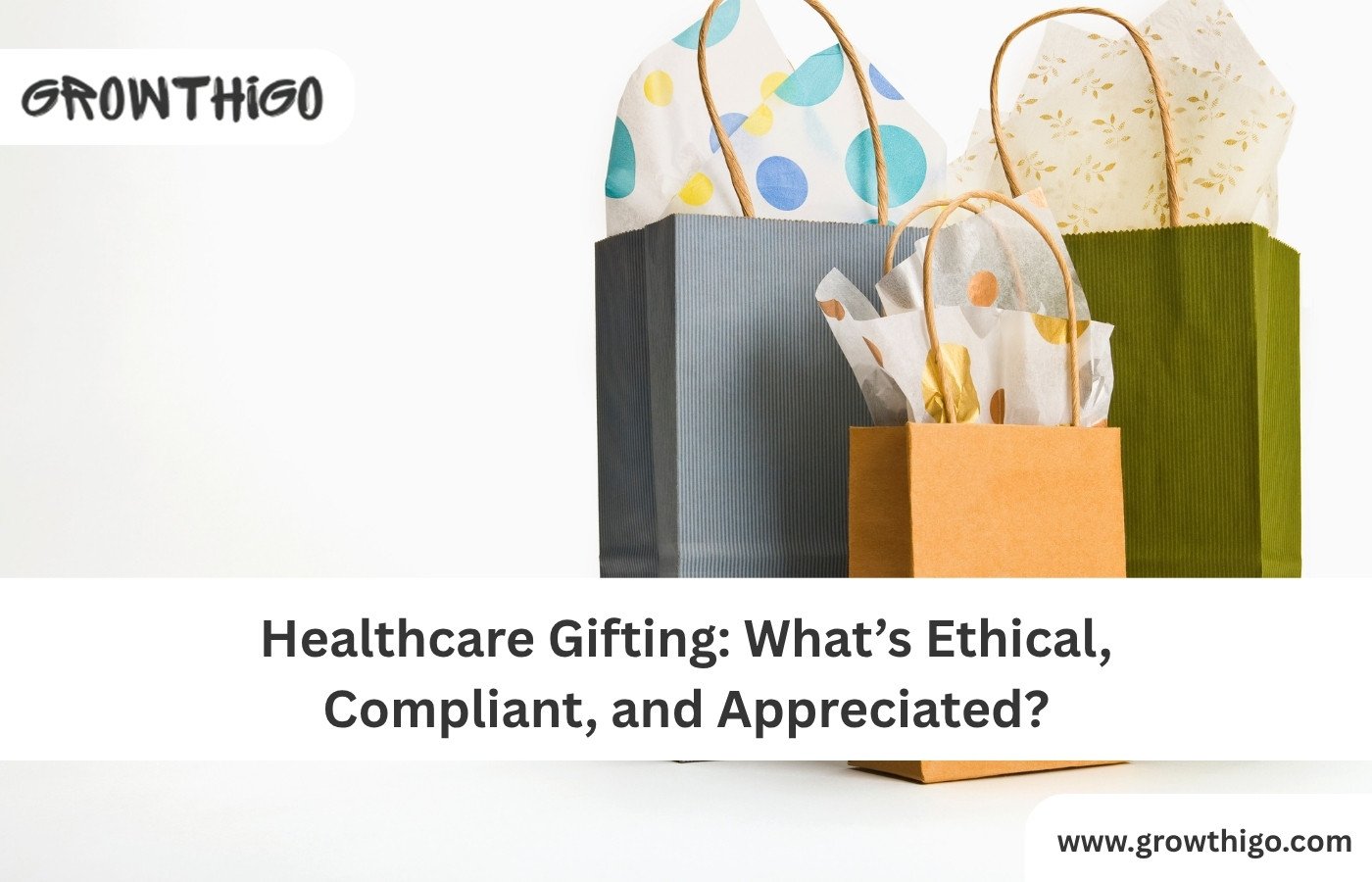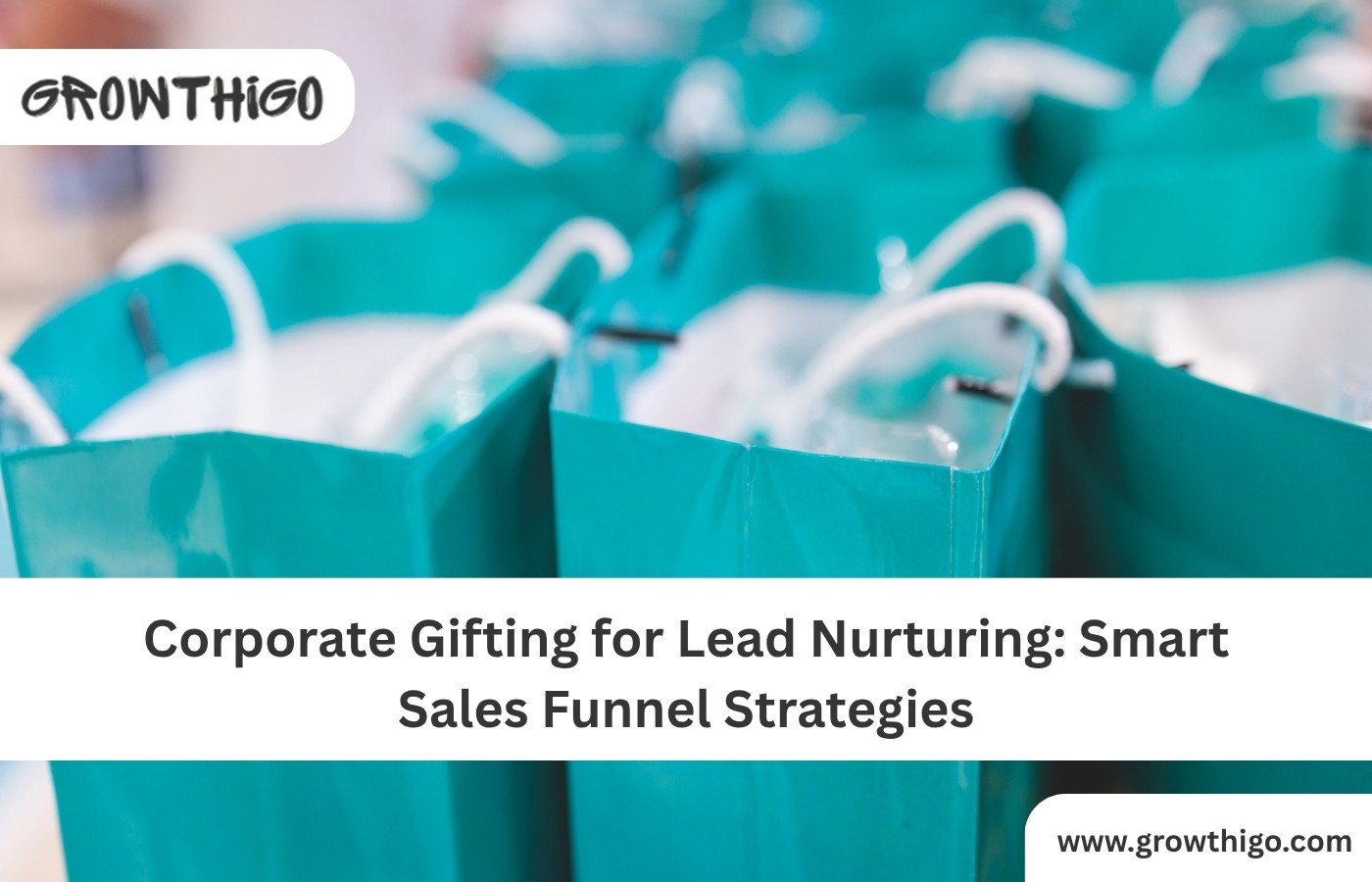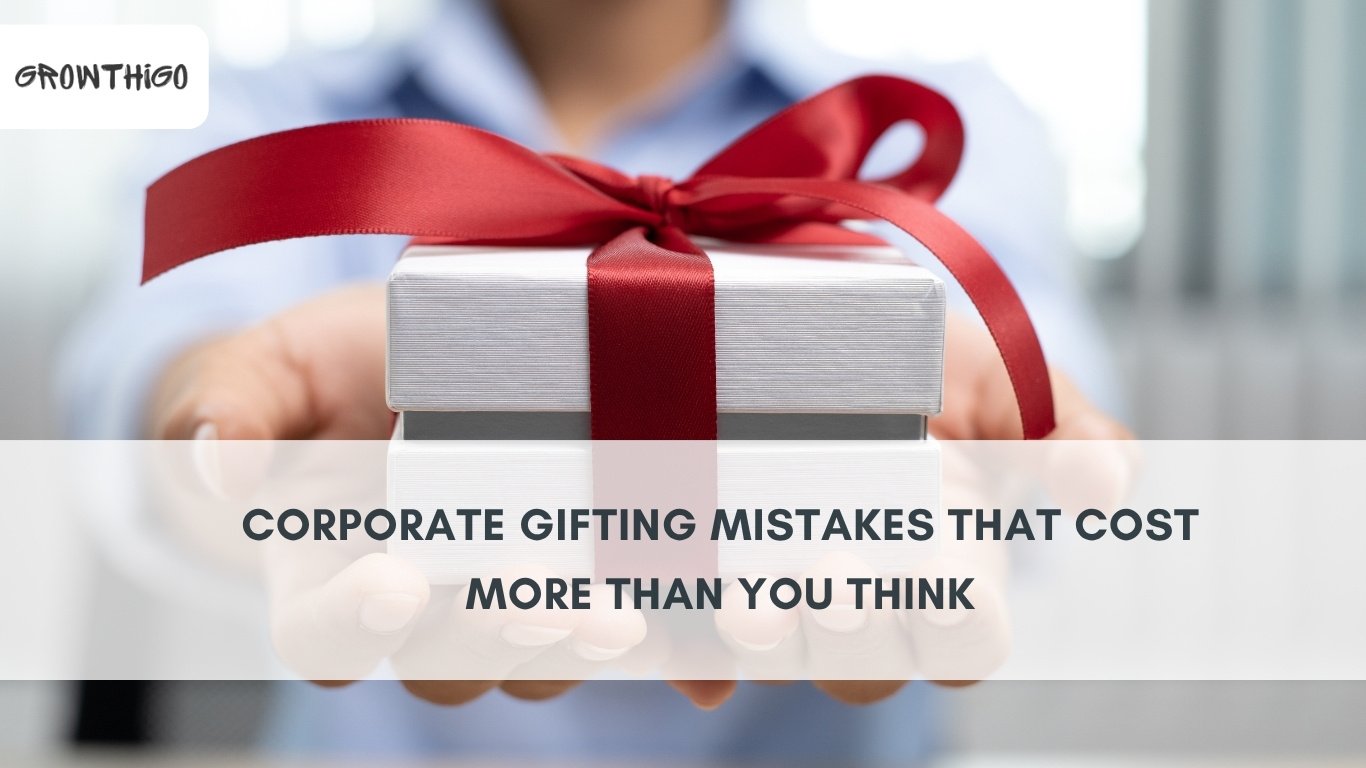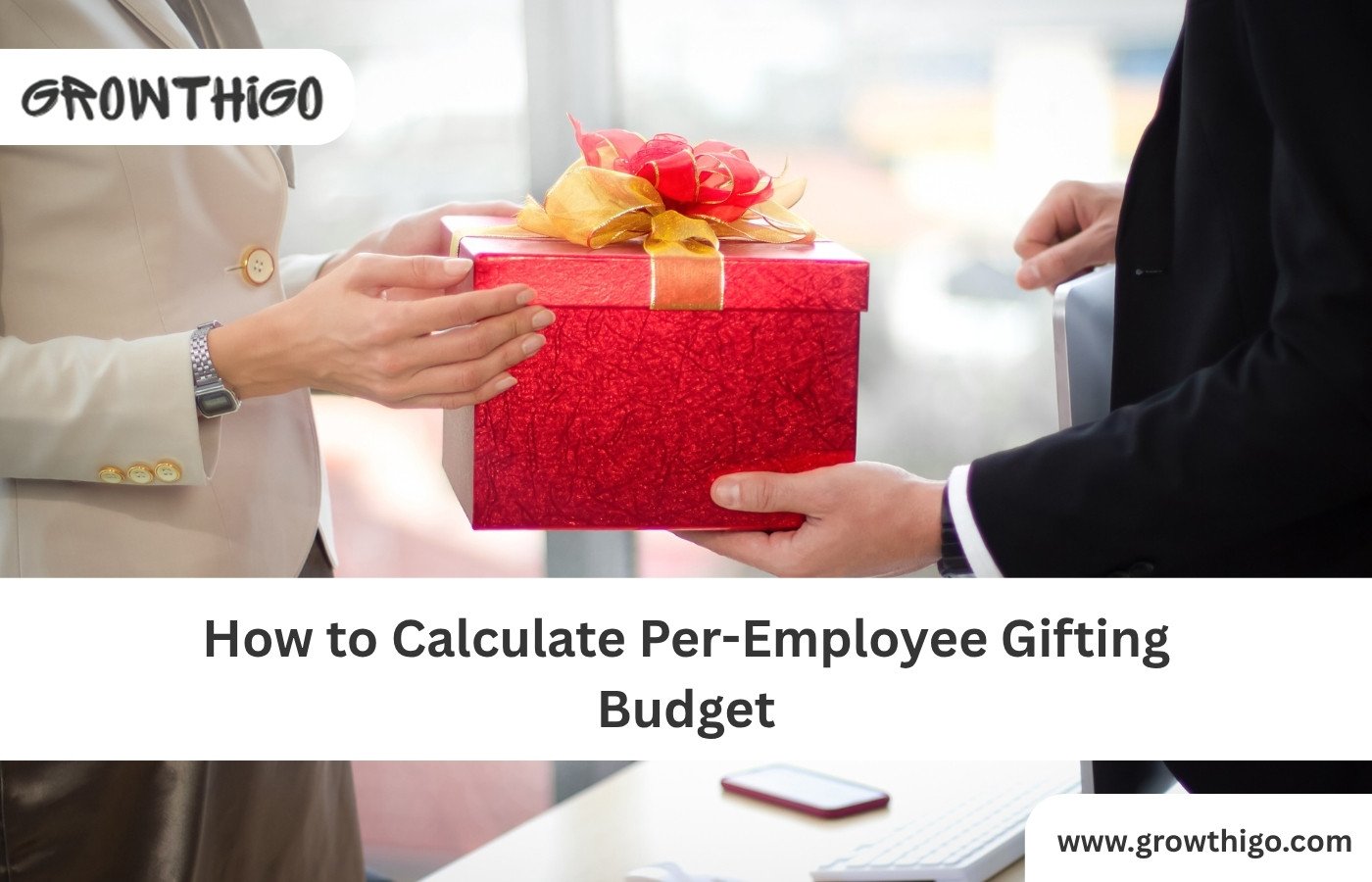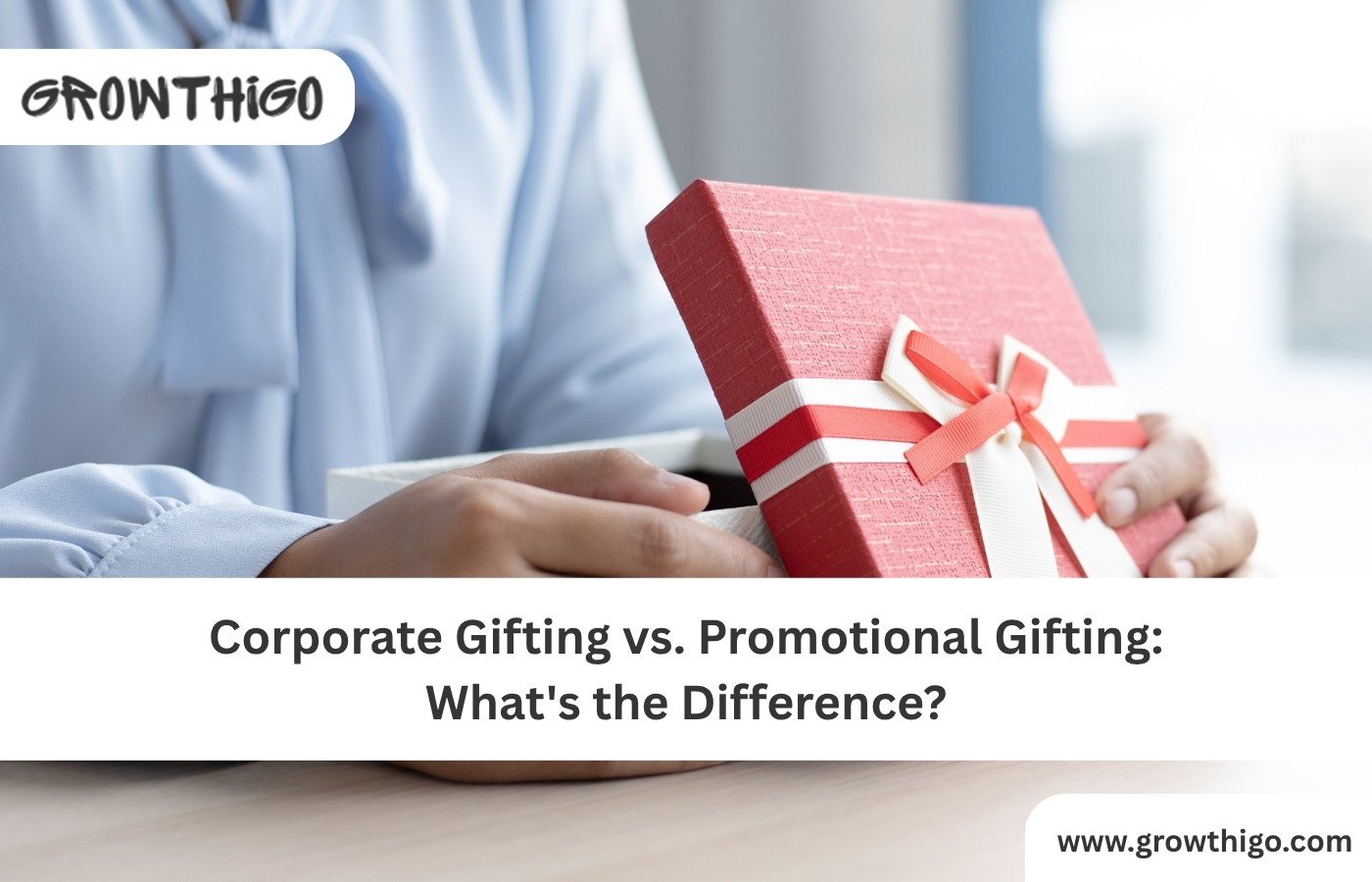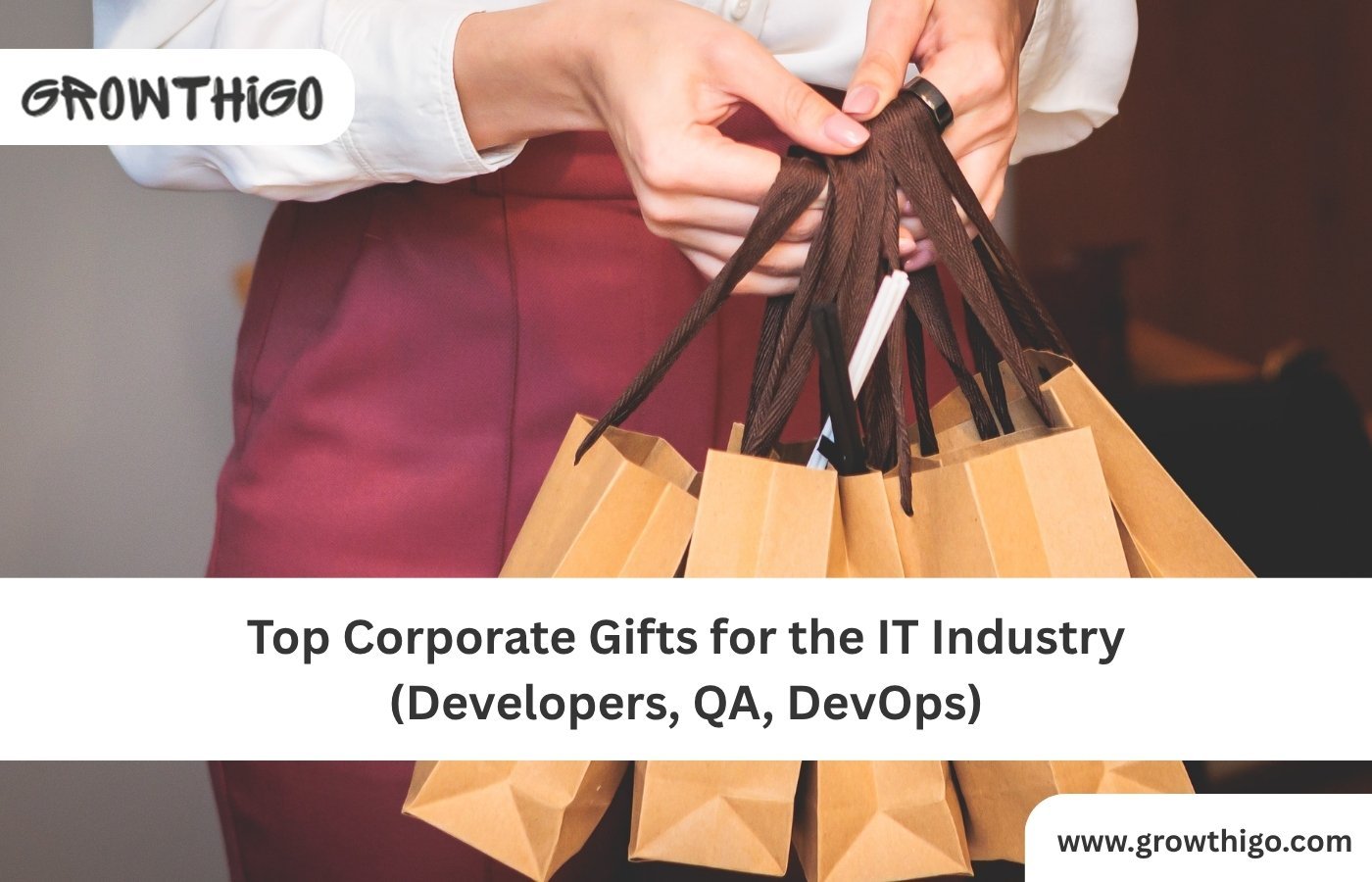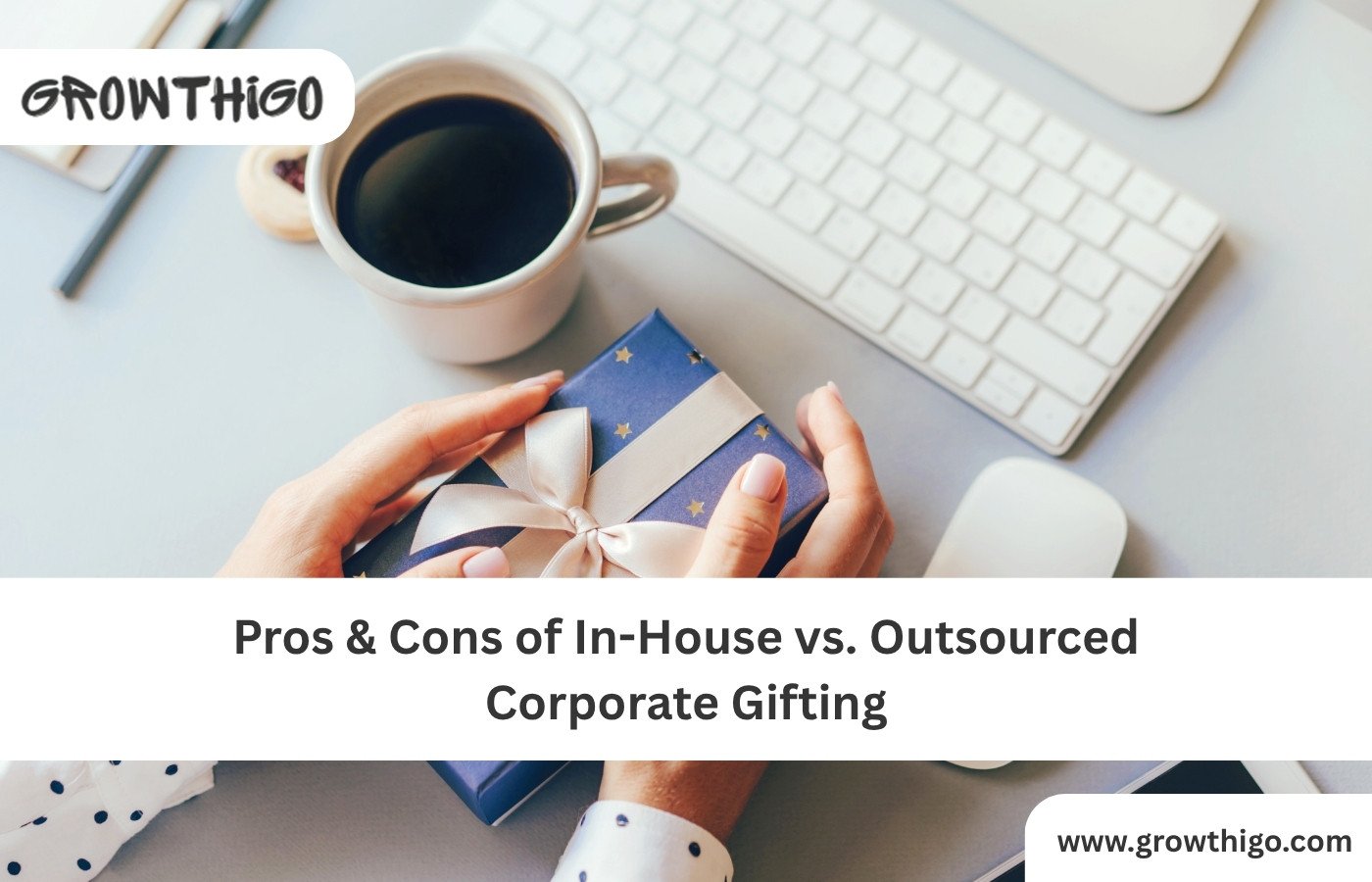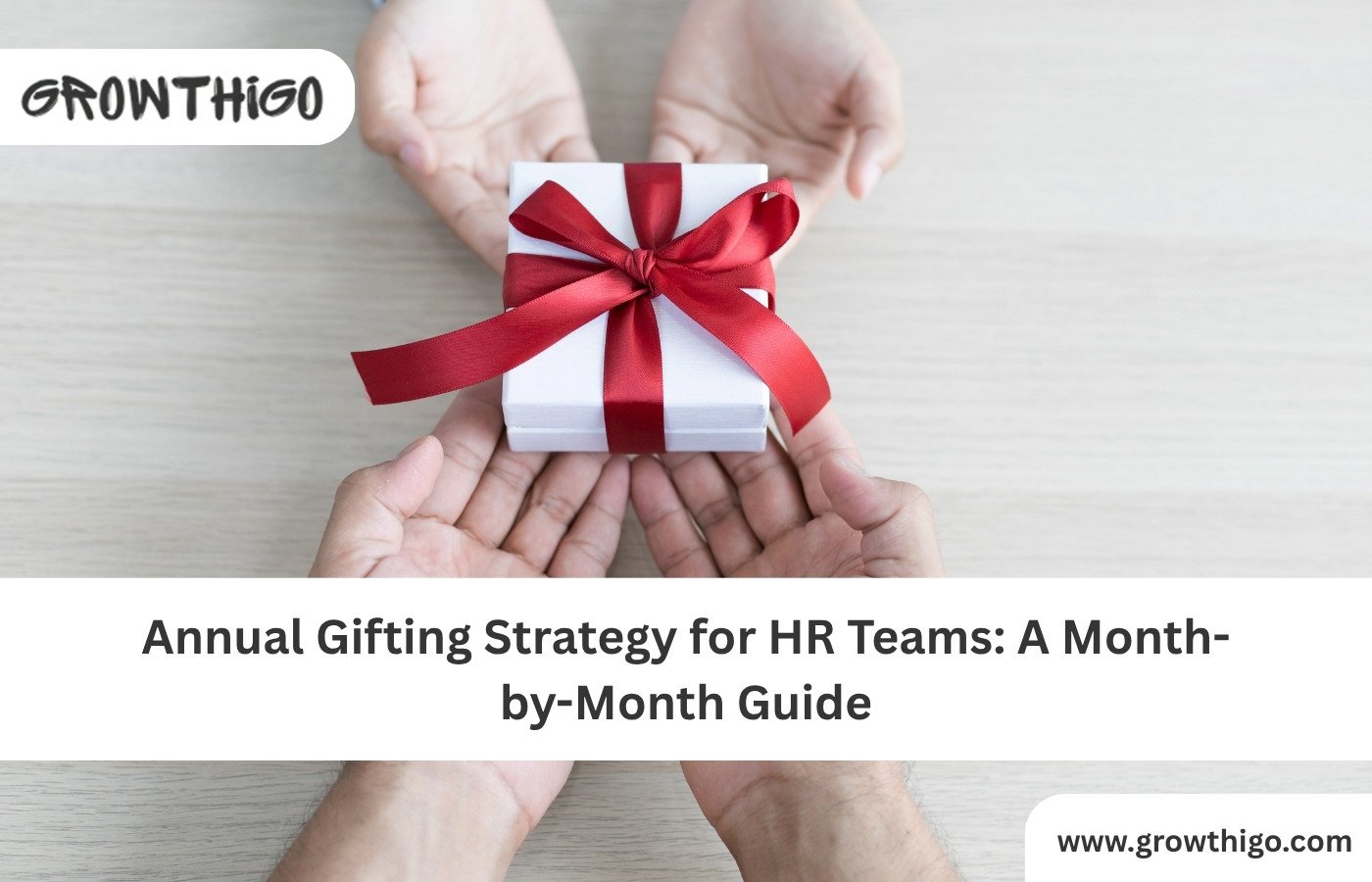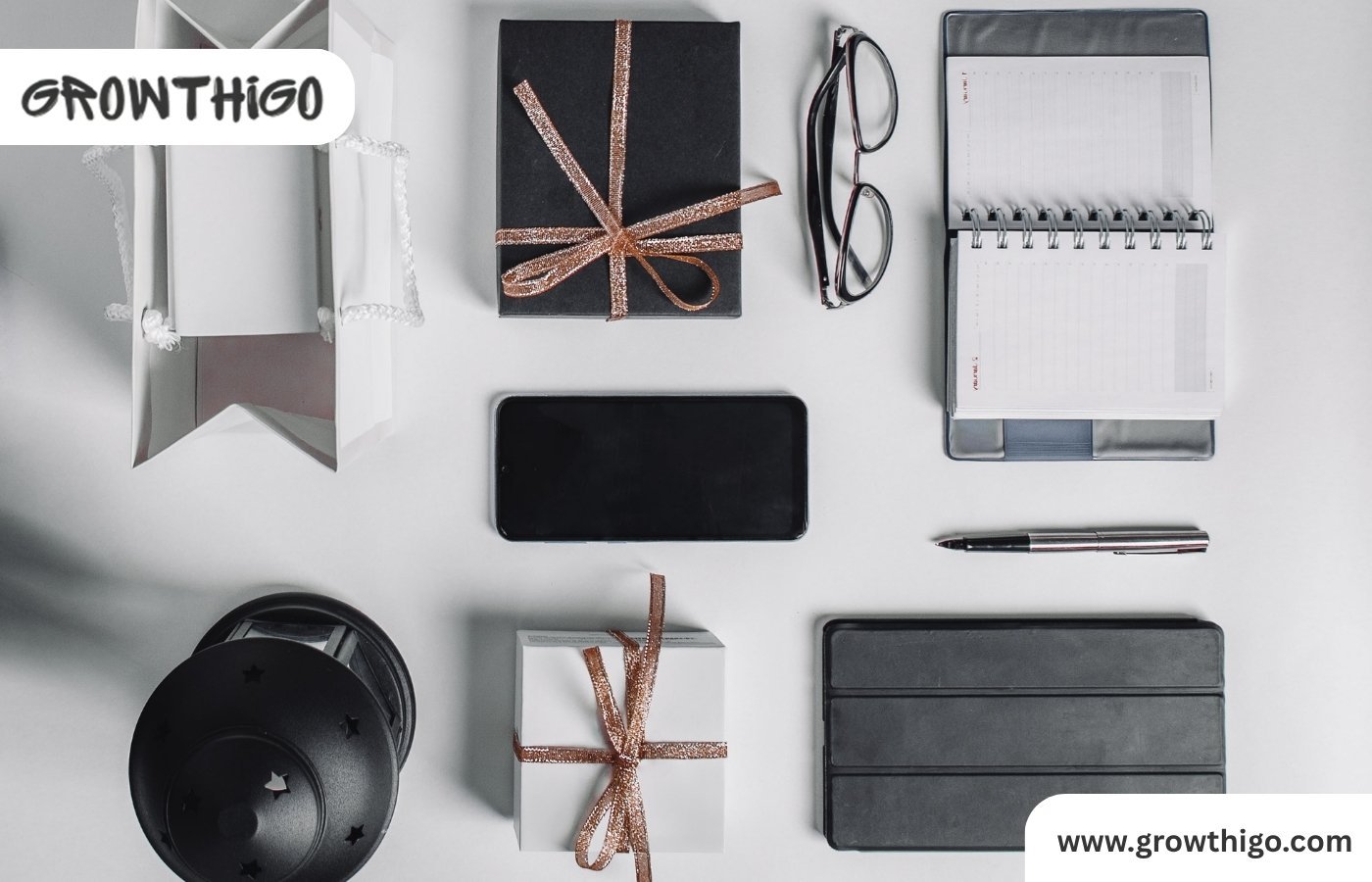Gifts by corporations have gone well past the last minute calendar that arrives at the office after the calendar year has ended. Overall, institutions find it an effective relationship-building, brand-reinforcing and quantifiable business development tool today. However, the rationale that keeps appearing is; how does one calculate ROI in corporate gifting?
An organized Corporate gifting strategy does not bring spending but rather investing in the results. Whether you’re sending corporate gifts for employees, corporate gifts for clients, or curated corporate gift boxes, the real value lies in knowing exactly how these gestures impact engagement, loyalty, and revenue.
1. Start With Clear Objectives
To be able to measure ROI, you must understand what success is. Your giving objectives may be:
- Improving client retention
- Increasing lead conversion rates
- Boosting employee morale and Productivity improvement
- Strengthening Client appreciation
- Enhancing brand awareness in target markets
It is the outcomes of these goals that will decide on the metrics that you will be tracking. And as an example, where the KPIs aim to be based on retention, then they may be customer renewal rates or repeat sales. When it comes to employee engagement, you would monitor the rates of absenteeism or performance appraisal.
2. Choose the Right Metrics to Track

Customer-Focused Metrics
- Customer Retention Rate – Compare renewal percentages before and after gifting campaigns.
- Customer Acquisition Cost (CAC) – See if gifting lowers your cost per new customer.
- Lifetime Value (LTV) – Assess if gifting increases the total revenue you earn from a client over time.
- Conversion Rate Uplift – Track whether prospects who receive gifts move faster through the sales funnel.
Employee-Focused Metrics
- Pre and post gifting engagement survey outcomes
- Turnover differences in gifted and non-gifted Departments
- Recognition-related performance information
Brand Awareness Metrics
- Branded merchandise Cost-per-Impression (CPI)
- References/Shares of your gifts in the social media
- The rates of attendance of event or acceptance of meeting after gifts were sent
By aligning these measurements with your Corporate gifting strategy, you can directly tie gifting activities to tangible business outcomes.
3. Calculate ROI With Real Numbers
Many gifting programs fail to calculate ROI because they stop at “feel-good” results. Here’s a simple formula:
ROI (%) = [(Total Benefits – Total Costs) / Total Costs] × 100
Example:
If you spent ₹2,00,000 on a gifting campaign and saw ₹5,00,000 in new or renewed business, your ROI would be:
[(5,00,000 – 2,00,000) / 2,00,000] × 100 = 150%
This formula works for both corporate gifts india programs targeting clients and internal gifting for employees.
4. Track Engagement Beyond Immediate Results
Among the lost benefits of ROI measurement is the inability to check long term effects. Gifts do not always translate to instant income, and some may bring about a foundation of relationships that pay off later in months.
Ways to track this:
- Follow up on client activity 6-12 months following the gifting
- Compare frequency of repeat purchases year on year
- Compare the current engagement of employees that get the Appreciation Gifts and those that do not
You can more easily see the full effect of the Revenue beyond the initial campaign by tracking longer.
5. Factor in Intangible Benefits
Certain gifting ROI has to do with those outcomes which are more difficult, yet valuable, to measure:
- Improved brand perception among prospects
- Increased willingness to refer your business
- Stronger emotional connection with the brand
- Better collaboration within teams after recognition programs
Such soft benefits can translate into hard gains such as pursuit of bigger deals or generally moving through the decision-making process.
6. Use Tools and Technology for Performance tracking
Contemporary corporate gift companies provide the tech-enhanced services that allow measuring the ROI in a much easier way:
- CRM integrations to log gifting touchpoints against sales data
- Unique redemption links to track gift acceptance rates
- QR codes for event registration or campaign follow-up
- Analytics dashboards for real-time engagement data
When a platform transmits personalised corporate gifts, there is no need to guess when tracking attribution because you will be able to see who opened them, redeemed them and took action.
7. Segment Your Audience for Better Insights
Gifts do not have the same influence on all the recipients. Segmenting can provide you with the return that provides the best group:
- High-value clients vs. mid-tier accounts
- Long-term customers vs. new leads
- Senior executives vs. operational teams
- New hires vs. long-term employees
Such data may assist you in improving future corporate gift expectations and funds allotments. To take an example, you may find premium corporate gifts to be the best option when it comes to deciding the executive level of recipients, whereas, a functional branded product will be a better recipient to a large group of people.
8. Learn From Negative ROI Cases
A complete ROI analysis does not only bring out successes but also failures:
- Gifts that were too generic and lacked personal connection
- Poor timing, such as sending after a contract was already lost
- Choosing low-quality items that harmed brand perception
- Spending heavily without targeting the right audience
Writing down these missteps will make you never repeat them and make the following campaigns more successful.
9. Consider Industry-Specific ROI
ROI is measured differently in different Industries:
- Technology firms can concentrate on lead conversion and adoption of software following the gift.
- Hospitality brands could track guest return visits or referrals.
- Manufacturing companies in the B2B segment may track long term contract renewals.
Customizing your measuring system to your business guarantees better quality information.
9. Make the Most of Long-Term Relationship Value
Client appreciation gifts accumulated over the years can create a compounding effect especially when it is associated with commemorating special milestones or attainment of shared success. The long-term view of measuring ROI across campaigns or contract years gives a demonstration of the overall effect that a short-view analysis would never recognize.
It is not only the purchase right in front of you, but the other purchases, upsells and referrals that this gift may lead to in the future.
10. Bring Creativity Into Your ROI Approach
Measuring ROI can also be numeric but in some companies the measure is referred to as brand moments which is achieved by gifting. These might take the form of social media posts, personal thank yous or more inbound interest.
The use of quantitative and qualitative metrics will help guarantee that you are not leaving behind any part of the value your gifts will generate.
11. Examples of Measurable Gift Categories
The best way to get ROI maximized is to select the right gifts that match the preferences of your recipients and your campaign’s objectives :
- Premium corporate gifts for top-tier clients or high-performing employees
- Personalized corporate gifts for making lasting impressions
- Curated corporate gift boxes with thematic relevance
- Branded merchandise for high-volume awareness campaigns
- Appreciation Gifts tied to specific achievements
- Locally sourced corporate gifts India for authenticity and cultural connection
The proper choice of type will help to make your expenditures result in tangible and meaningful results.
12. The Link Between Gifting and Productivity
In case of internal programs, the impact of gifts can be directly related to Productivity improvement as follows:
- Raising the morale in stressful projects
- Lessening burnout with wellness gifts
- Strengthening perception of any high performance
- Creating positive peer competition in sales teams
The findings could be related to such measurements as the project completion rates, sales volumes, and general engagement scores.
13. Why Personalization Increases ROI
Commodity gifts melt in the drone. Personalization in terms of personalization of messages, individual packaging, or gifts in line with the known preferences is a spectacularly high response. Specific or personalised corporate gifts indicate thoughtfulness and hard work which most likely will lead to improved business relationships and more tangible returns.
FAQ’s
Track metrics like client retention, repeat purchases, referral rates, and deal sizes before and after sending corporate gifts for clients. Tools such as CRM integrations and campaign-specific tracking links can help attribute results to gifting.
Yes. Recognizing achievements with Appreciation Gifts or premium corporate gifts can boost morale, motivation, and teamwork leading to measurable productivity improvement and performance gains.
It depends on your audience and goals. Personalized corporate gifts and curated corporate gift boxes tend to create stronger emotional connections, while branded merchandise works well for broader awareness campaigns.
Budgets vary by industry and audience. For corporate gifts India, spending can range from affordable branded items for mass outreach to high-end premium corporate gifts for top-tier clients or executives.
Use performance tracking tools like CRM dashboards, QR codes, and redemption portals to monitor gift acceptance, engagement, and resulting revenue impact.
Yes. Personalized corporate gifts typically increase response rates and deepen relationships, which often results in higher ROI compared to generic items.

